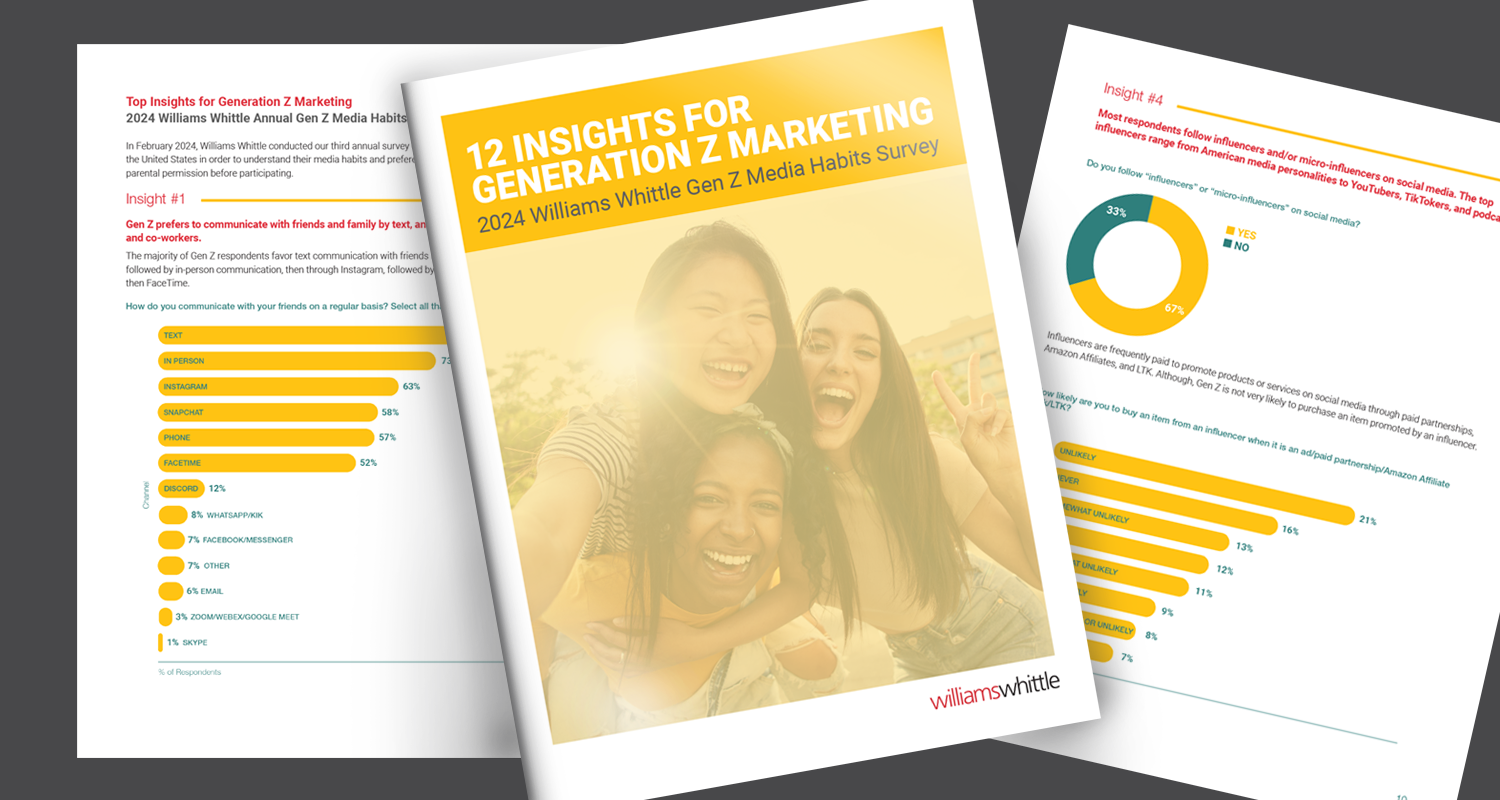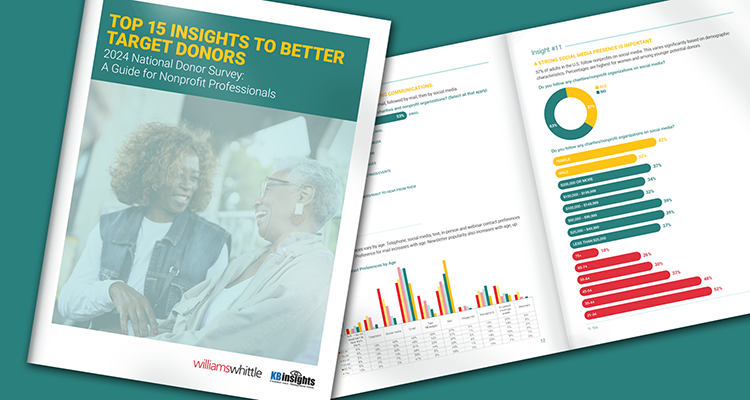Most nonprofits that have public service announcement (PSA) campaigns develop ads that deliver their most impactful message, get it in the hands of the media and **hope** it gets on air. Some nonprofits with long histories and track records of PSA placement feel confident that they will receive good coverage and newer nonprofits feel like they are going into unchartered territory—blindfolded and in the dark. A lot of nonprofit marketers feel both ways at the same time.
The way PSAs work feels a lot like a deal happening under the table. Let’s set the stage:
- As the media evolves into the 21st century, the “PSA Director” title no longer exists at many stations and PSAs are now handled by the person who has ‘the most free-time’. This makes it hard to find the right person to send the PSA to and then correspond with.
- With traditional media like TV and radio competing more than ever for relevance (and advertiser’s media dollars), they would rather not say how much advertising time isn’t sold. To admit that PSAs are running rampant on their airwaves to some seems like a sign of weakness. Most would just rather not talk about it.
- Through Nielsen, anyone running a PSA campaign can get real data on when and where their PSA is running. People at the stations know nonprofits covet this data, but it’s never spoken about. We’ve always advised nonprofits against calling up a station and saying “we see that you’ve run our PSA 12 times at 2am this week, but can you bump it up into Primetime?” Beggars can’t be choosers!
- The biggest misconception is that stations are required by the FCC to run PSAs. They used to be, but the rules have been relaxed to the point that stations have most of the control. Don’t get us wrong, almost all stations are highly committed to running messages that will make a positive impact on their viewers; they just have a lot of options besides PSAs like partnerships, fundraisers, etc.
So, to shine light on (and uncover) things that you can do to increase your chances of PSA airings, we’ve surveyed more than 1,200 PSA Directors every year since 2012. While we’ve been helping nonprofits with PSA campaigns for decades and have much wisdom to impart, we feel it’s always best to get advice straight from the source.
Without further ado, here is a recap of the 2017 results.
For your free copy of the report, click to it now. View Report Here
Key Takeaways
- Go digital, but don’t completely abandon traditional methods of communication.
Digital distribution has been the preferred method of sending PSAs for several years now. That adds up to a lot of savings in physical tapes and postage. But, don’t forget that a digital download doesn’t capture the attention of PSA Directors as much as something physical – you may want to still consider mailing them something even if it’s only a personal letter.
- Don’t ask for PSA airings more than three times per year.
For the first time this year, we asked PSA Directors how often was too often to ask for PSA airings. This is important to know for nonprofits that have multiple PSAs that run concurrent to major organization-wide campaigns. The answer is no more than three times per year. (And may we add that it would also be smart to space them out evenly. Ask after ask after ask will probably not be as effective.)
- Times for peak inventory may be shifting to the summer months.
For the first time in six years, PSA Directors have indicated there is more PSA inventory during the summer months than during Q1. While not all of our client data necessarily supports this, it’s worth it to note for those nonprofits that always seem to miss the Q1 window.
- Paying for some advertising shouldn’t decrease your PSA airings.
Six out of ten PSA Directors say that if you pay for some spots to run, it will not affect their ability to also run it as a PSA. This is great news for nonprofits, even ones with small budgets, who want to pay for some ads to run during important times of year to ensure coverage during peak day parts.
- The 2016 fall elections DID have a significant effect on PSA space.
When we asked PSA directors at the beginning of last year if they expected for their station to have less inventory in the fall due to the elections, 55% said “no”. But, when asked this year after the elections if they did have less inventory, 80% said “yes”! Their expectations didn’t meet reality and all of our clients saw significantly less inventory in the fall. With paid advertisers make-goods being pushed into December, it was a tough landscape for PSAs from September through December 2016.
Don’t forget to view the full report below – 10 pages packed with all of the raw data and our conclusions.
Julia McDowell is a PSA Specialist with more than 10 years launching successful PSA campaigns nationwide.



